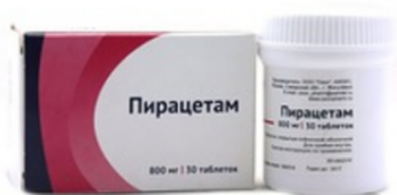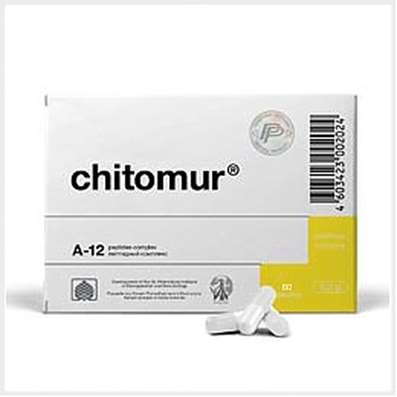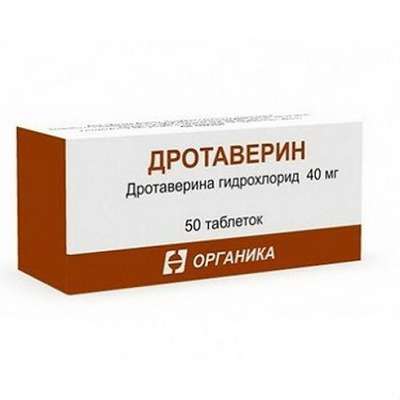Instruction for use: Insulin aspart (Insulinum aspartum)
I want this, give me price
Pharmacological group of substance Calcitonin
Insulins
Nosological classification (ICD-10)
E10 Insulin-dependent diabetes mellitus
Decompensation of carbohydrate metabolism, Diabetes mellitus, Diabetes insulin sugar, Diabetes mellitus type 1, Diabetic ketoacidosis, Insulin-dependent diabetes, Insulin-dependent diabetes mellitus, Coma hyperosmolar non-ketoacidotic, Labile form of diabetes mellitus, Violation of carbohydrate metabolism, Type 1 diabetes mellitus, Type I diabetes mellitus, Insulin-dependent diabetes mellitus, Type 1 diabetes mellitus
Characteristics
Insulin of ultrashort action. A human insulin analog obtained by recombinant DNA technology using the Saccharomyces cerevisiae strain in which the amino acid proline at position B28 is substituted for aspartic acid. Molecular weight 5825.8.
Pharmacology
Pharmacological action - hypoglycemic.
It binds to receptors for insulin on muscle and fat cells. Reduction in blood glucose levels is due to increased intracellular transport, increased utilization of tissues, a decrease in the rate of glucose production in the liver. Increases the intensity of lipogenesis and glycogenogenesis, protein synthesis. After the injection, the effect occurs within 10-20 minutes, reaches a maximum after 1-3 hours and lasts 3-5 hours.
Quickly absorbed from the subcutaneous fat. Replacing the amino acid proline in position B28 with aspartic acid reduces the tendency of molecules to form hexamers, which increases the rate of absorption (compared to conventional human insulin). After sc administration Tmax is 40-50 min, binding to proteins is very low (0-9%), T1 / 2 - 81 min.
Carcinogenicity, mutagenicity, effects on fertility
Standard biennial studies to evaluate the potential carcinogenicity of insulin aspart have not been conducted. In a one-year study of oncogenicity, insulin aspart was administered to rats Sprague-Dawley SC in doses of 10, 50 and 200 units / kg (approximately 2, 8 and 32 times higher than the human dose for p / to administration). The results showed that at a dose of 200 units / kg in females, the incidence of breast tumors is higher compared to control (these observations do not differ significantly from those obtained with the use of conventional human insulin). The significance of the data obtained for a person is unknown.
No mutagenicity of insulin aspart was detected in a number of genotoxic tests (including Ames test, gene mutation test on murine lymphoma cells, test for chromosomal aberrations on human lymphocyte cell culture), as well as in vivo in micronucleus test in mice and ex vivo in UDS-test (unscheduled DNA synthesis) on rat hepatocytes.
There was no impairment of fertility in males and female rats with n / k doses of insulin aspart, approximately 32 times the recommended dose for human administration.
Indications
Diabetes.
Contraindications
Hypersensitivity, hypoglycemia.
Restrictions for use
Children under 6 years of age (safety and efficacy not determined).
pregnancy and lactation
In animal studies it has been shown that when both insulin aspart and customary human insulin were administered at doses exceeding the recommended dose for human administration in about 32 times (rats) and 3 times (rabbits), both insulin caused pre- And postimplantation losses, as well as visceral / skeletal anomalies.
Adequate and strictly controlled studies in pregnant women have not been conducted. Care should be taken to monitor and monitor blood glucose levels during the possible onset of pregnancy and for the duration of the pregnancy, both in patients with diabetes mellitus and in women with history of gestational diabetes. The need for insulin, as a rule, decreases in the first trimester of pregnancy and rises in II-III trimestas. During and immediately after delivery, the need for insulin can dramatically decrease.
The action category for the fetus is FDA-C.
The experience of clinical use during lactation is limited. It should be used with caution (it is not known whether the insulin aspart is excreted into breast milk).
Side effects
Hypoglycemia (weakness, cold sweat, pale skin, palpitation, nervousness, tremor, hunger, paresthesia in the hands, feet, lips, tongue, headache, drowsiness, motion uncertainty, speech and vision impairment, depression), transient Edema, transient reversible refraction of the eye, exacerbation of diabetic retinopathy, acute painful neuropathy, generalized allergic reactions; Local reactions: hyperemia, edema and itching at the injection site, lipodystrophy at the injection site.
Generalized life-threatening allergic reactions, including anaphylaxis, can be manifested with the use of insulins, incl. And insulin aspart, a rash all over the body with itching, difficulty breathing, arterial hypotension, tachycardia, increased sweating.
Interaction
Pharmaceutically incompatible with solutions of other drugs (drug). Hypoglycemic action is enhanced by oral hypoglycemic drugs, sulfonamides, MAO inhibitors (monoamine oxidase) (including furazolidone, procarbazine, selegiline), inhibitors of carbonic anhydrase, ACE inhibitors, anabolic steroids (including stanozolol, oxandrolone, methandrostenolone), androgens, Bromocriptine, tetracyclines, disopyramide, fibrates, fluoxetine, ketoconazole, mebendazole, theophylline, cyclophosphamide, fenfluramine, pyridoxine, quinidine, quinine, chloroquine, ethanol and ethanol-containing drugs (drug). Hypoglycemic action weakens glucocorticoids, glucagon, somatropin, thyroid hormones, estrogens, progestogens (eg oral contraceptives), thiazide diuretics, calcium channel blockers, heparin, sulfinpyrazone, sympathomimetics (eg epinephrine, salbutamol, terbutaline), isoniazid, phenothiazine derivatives, Danazol, tricyclic antidepressants, diazoxide, morphine, nicotine, phenytoin.
Beta-adrenoblockers, clonidine, lithium salts, reserpine, salicylates, pentamidine - can both enhance and weaken the hypoglycemic action of insulin.
Overdose
Symptoms: hypoglycemia, hypoglycemic coma, convulsions.
Treatment: mild hypoglycemia, the patient can eliminate himself by taking sugar inside or rich in easily digestible carbohydrates food. SC, IM (intramuscularly) or IV injection (intravenously) is administered glucagon or IV in a hypertensive solution of dextrose. With the development of hypoglycemic coma, intravenously injecting 20-40 ml (up to 100 ml) of a 40% dextrose solution until the patient exits from a coma. After the restoration of consciousness, oral intake of carbohydrates is recommended to prevent recurrence of hypoglycemia.
Routes of administration
P / to, in / in (intravenously) (if necessary), with the use of infusion systems.
Precautions
Insufficient dose or interruption of treatment (especially in type 1 diabetes) can lead to hyperglycemia and diabetic ketoacidosis. In the presence of concomitant diseases, especially infectious nature, the need for insulin, as a rule, increases, and if there is a violation of kidney or liver function - decreases. The patient should be transferred to a new type or brand of insulin under strict medical supervision. When using insulin aspart, a greater number of injections per day or a change in dose may be required than with conventional insulin. The emergence of the need for dose adjustment may occur already at the first administration or in the first few weeks or months after the transfer. After the compensation of carbohydrate metabolism, the symptoms typical for them-precursors of hypoglycemia may change in patients, which they should be informed about. Skipping meals or unplanned physical activity can lead to hypoglycemia.
Intensification of insulin therapy with a sharp improvement in glycemic control may be accompanied by a temporary deterioration in the course of diabetic retinopathy and the development of acute pain neuropathy. Long-term improvement in glycemic control reduces the risk of diabetic retinopathy and neuropathy.
During the treatment period, care must be taken when driving vehicles and engaging in other potentially hazardous activities requiring increased attention and speed of psychomotor reactions (hypoglycemia may develop, especially in patients with mild or absent symptoms-precursors of hypoglycemia or its frequent episodes).

 Cart
Cart





